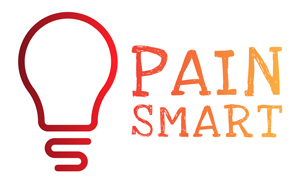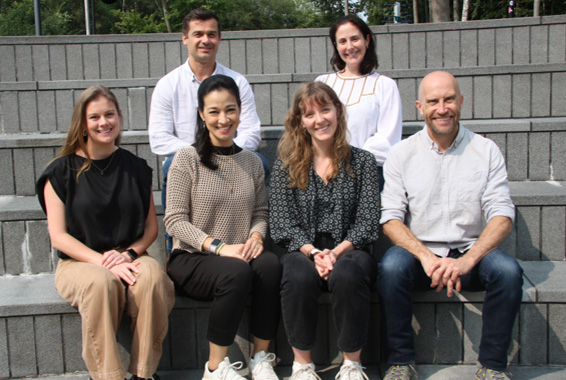“Without access to pain management, quality of life for children and adolescents with chronic pain is severely limited. Children with chronic pain report higher levels of physical disability, anxiety, depression, sleep problems and poor academic performance”
World Health Organization
WHO Guidelines on the management of chronic pain in children
This is a study led by a team from the University of Sydney. This study is a Medical Research Future Fund (MRFF) supported by the Australian Government.

The Pain Smart Study
The aim of the study is to estimate the effect of a pain education module plus (for those reporting significant musculoskeletal pain) or minus biopsychosocial case management to students attending secondary schools.
Musculoskeletal conditions are second only to mental health as the largest cause of disability in Australian adolescents, and those who experience prolonged back pain have up to 4 times the odds of chronic pain in adulthood. Adolescents who have pain regularly are more likely to drink alcohol, smoke, suffer poor mental health and miss school. Musculoskeletal pain costs Australia more than $1 Billion per annum in healthcare expenditure. Clinicians and the public are often misinformed as to causes of pain and many Australians receive non-evidence-based-care.
Evidence shows that the best way to prevent transition from acute to chronic pain involves education about pain and appropriate management, however, initiatives providing information about musculoskeletal pain as recommended by the National Pain Strategy are lacking. Furthermore, the World Health Organisation guidelines recommend biopsychosocial care for adolescents with pain, however many primary care clinicians offer treatments based on outdate, biomedical models.
We are proposing a pain education module and tailored biopsychosocial care for those who experience significant musculoskeletal pain. The pain education was developed by a group of researchers’ experts in the health promotion area, and it will be delivered by the teachers to all students in years 7- 10, in classroom as part of the PDHPE curriculum. Biopsychosocial care will be delivered by a trained Allied Health professional based in outpatient services. We expect that biopsychosocial care, in addition to pain education will result in reduced pain impact in adolescents.
Getting involved is easy! Click here to express your interest and we will be in touch to schedule a meeting. There’s no initial commitment required on your part, and we will ensure that the process is as smooth as possible.
Getting involved is easy!
Click the button to express your interest and we will be in touch to schedule a meeting. There’s no initial commitment required on your part, and we will ensure that the process is as smooth as possible.

Researchers
Get to know the people leading this research.
Latest News & Resources
Read all latest news and resources
Breaking News
-

XIX International Back and Neck Pain Forum in Davos, Switzerland (2025)
—
in NewsSome of the research team proudly represented Pain Smart at the XIX International Back and…
Pain Smart Study
The University of Sydney
E: [email protected]
T: +61 468 385 128